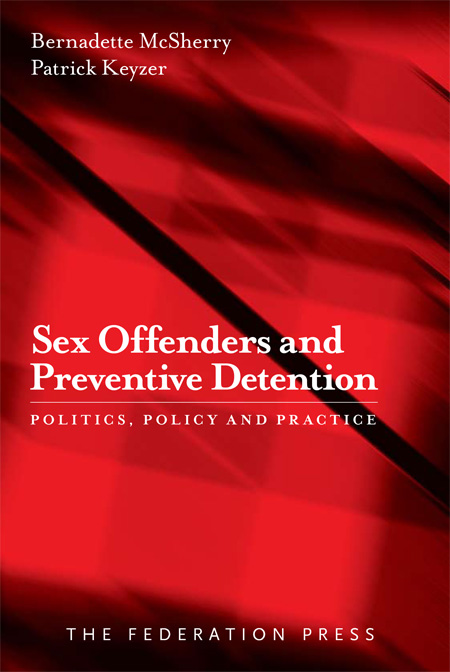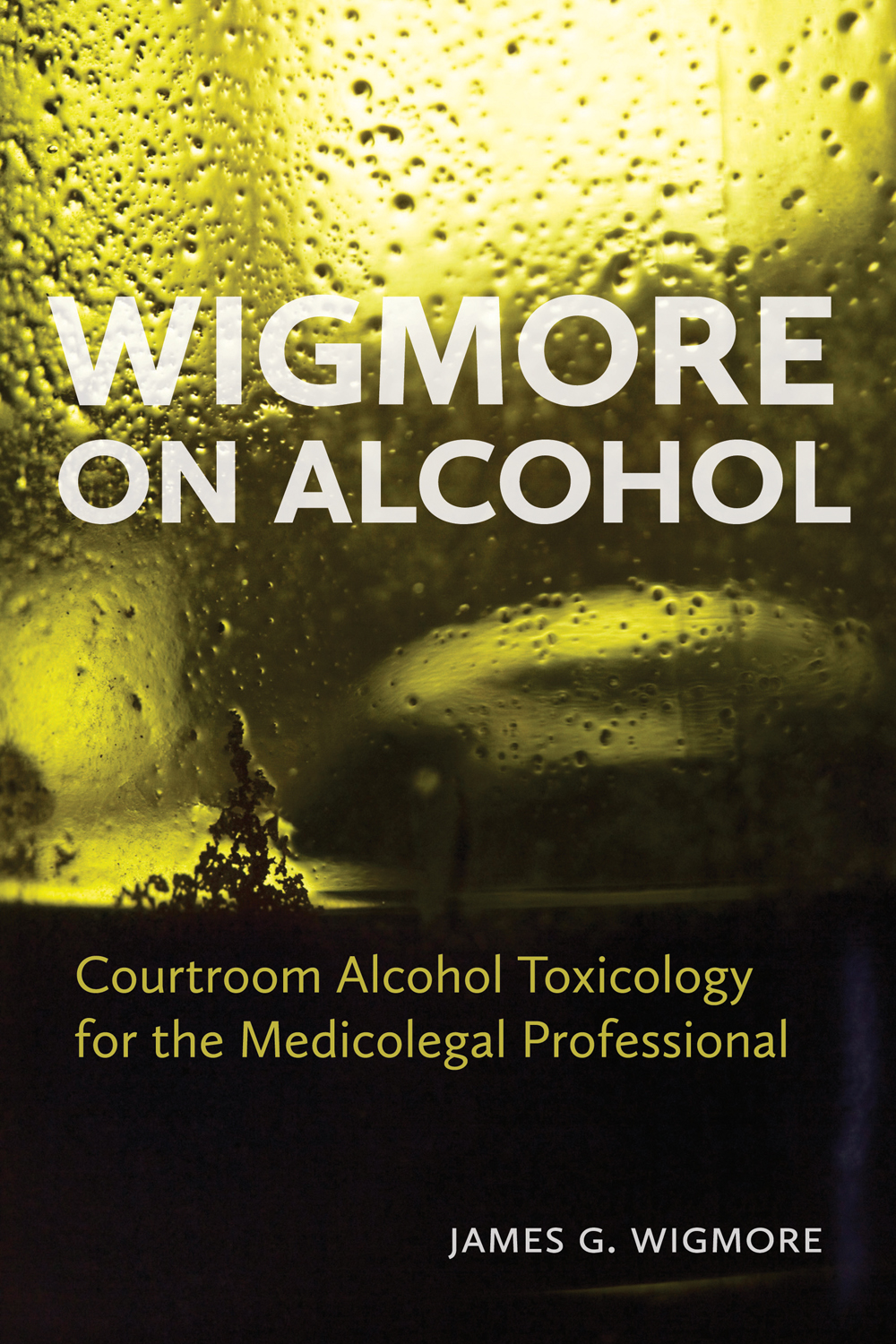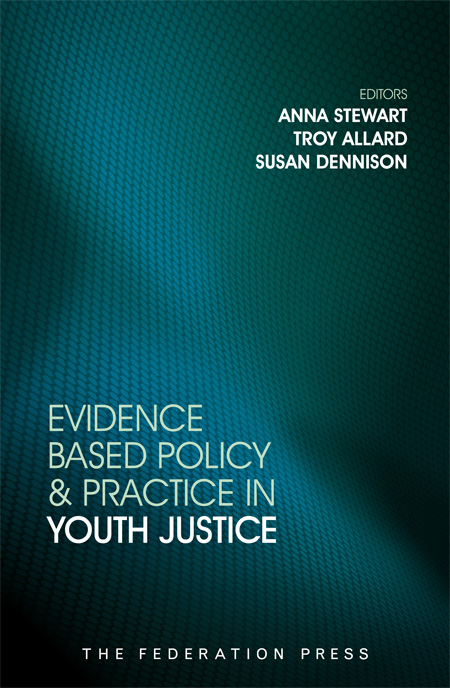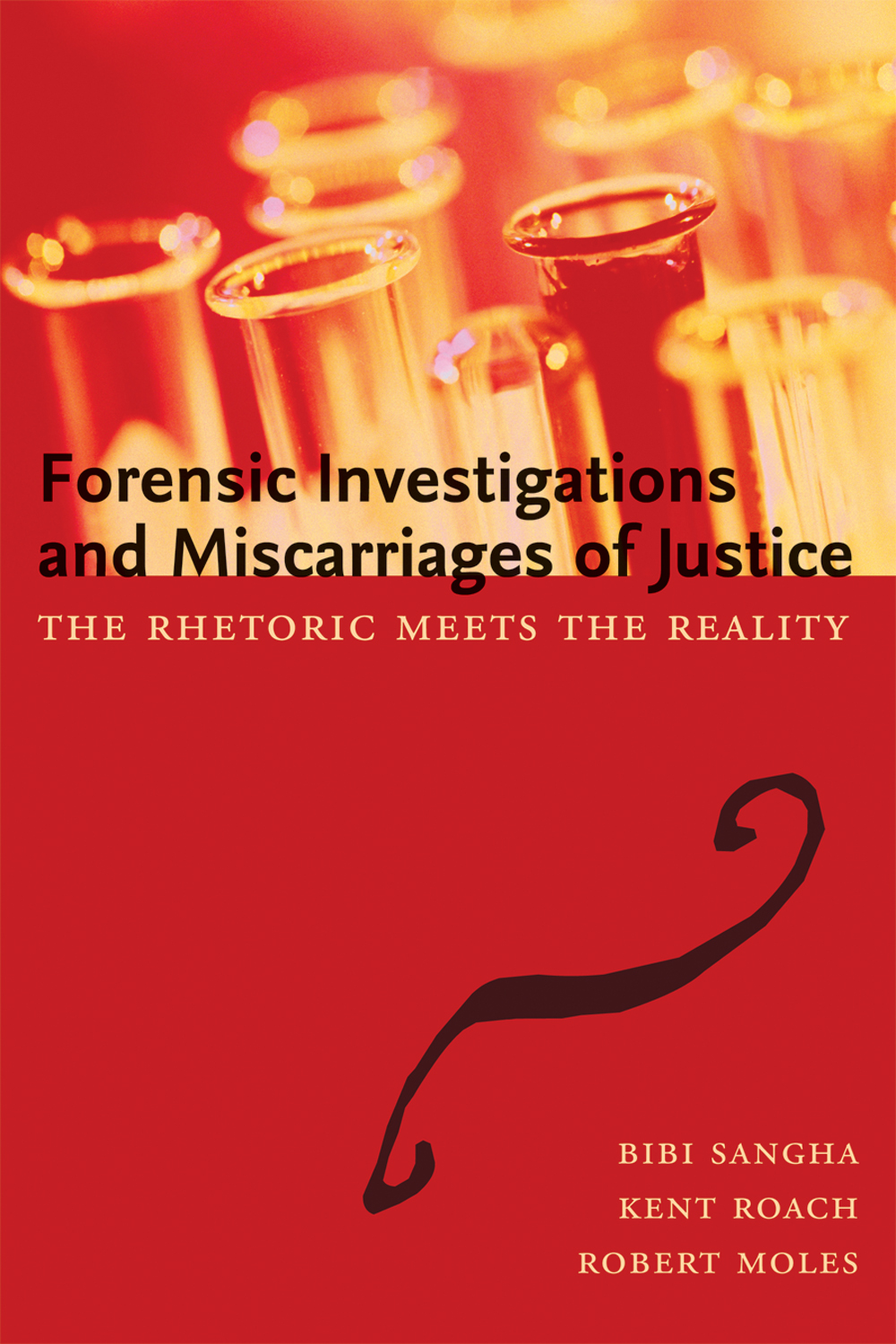Product Description
The question of dangerousness – how it should be defined and punished, and the ethical dilemmas associated with it – is a recurring theme of modern policy.
In this powerful and important book, John Pratt addresses this question by explaining how dangerousness first became an object of penological discourse and why it has since remained so. Pratt sees the late 19th century as an important turning point; earlier concerns about the threat posed by the dangerous classes give way to a new set of concerns about dangerous criminals. He traces change to the present, identifying ‘Three Strikes’ laws and related initiatives as the latest in a long line of attempts to govern the dangerous.
Drawing on material from Australia, New Zealand, England, the United States and Canada, the author argues that dangerousness is not a quality possessed by certain groups of offenders. Rather, it is a particular creation of modernity, possessing a life force that began when the concept of risk and its attendant strategies of management found their way into the social fabric.
Ultimately, the dilemma of dangerousness is seen as political rather than ethical. Which to choose? The burdens of state regulation necessary to keep dangerousness under control? Or, intolerable license that reducing the role of the state gives to it?









